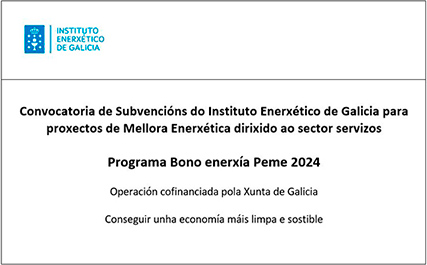In PoW, mining crypto involves solving complex cryptographic puzzles using significant computational power. The process is competitive, with miners around the world rushing to solve the puzzle first and earn the mining reward. The astronomical amounts of energy that the process requires has drawn concern and cryptocurrency trading 2021 criticism. This method significantly reduces the need for high-powered computing, cutting down on the electricity required for mining activities. The lower energy demand inherently translates to a smaller carbon footprint, aligning more closely with global efforts to mitigate climate change. By prioritizing stake over computational power, PoS offers a more energy-efficient and environmentally conscious approach to maintaining blockchain networks.
Crypto mining rewards and fees
Every transaction in the cryptocurrency network marks the beginning of the mining process. These transactions, once initiated, are broadcast to the network and gathered into a block by miners. This is a fundamental part of what is cryptocurrency mining, involving thorough checks for authenticity and adherence to the network’s protocols. Understanding the mining process requires more than just a grasp of its role in the cryptocurrency ecosystem. It’s a journey into what is crypto mining – a series of intricate steps that ensure the smooth functioning and security of digital currencies. As the crypto sphere grows, understanding mining becomes crucial for navigating its complexities.
Initiatives for Sustainability in Mining Operations
Bitcoin mining is usually a large-scale commercial affair done by companies using data centers with purpose-built servers. If Bitcoin wants to be able to cater for more users, it will need to find a more energy efficient way of verifying transactions. If the amount of miners on the network goes down, the difficulty drops. How do you stop nodes mining blocks sent by the network that may be wrong or someone attempting to hack in? For trivia lovers, the number miners are trying to guess is called a «nonce», which is a concatenation of «number used once.» In Bitcoin, the nonce is a whole number somewhere between 0 and 4,294,967,296.
How Mining Pools and Farms Work
Mining has evolved over the years in terms of equipment, difficulty, rewards, and techniques, including the use of mining pools. Every time someone submits a transaction on a PoW network (like Bitcoin), a miner behind the scenes has their equipment working hard to validate and include the relevant transaction in the next block. While crypto mining presents profit opportunities, success requires careful consideration.
- Since the dawn of Bitcoin in 2009, the cost of mining new units of cryptocurrency has skyrocketed.
- While the first miners could make a profit using ordinary desktop computers and their CPUs (a computer’s central processor), today’s mining is shifting to a more grand-scale approach.
- These pools are groups of miners who combine their computational resources to mine more efficiently.
- Bitcoin’s network increases and decreases the hash rate (the amount of computing power) needed to mine the cryptocurrency.
- Therefore, at the close of trading, that reward was worth $426,781.25.
Bitcoin is a digital currency that uses a process called mining to secure its network and validate transactions. Bitcoin mining is a network-wide competition to generate a cryptographic solution that matches specific criteria. When a correct solution is reached, a reward in the form of bitcoin and fees for the work done is given to the miner(s) who reached the solution first. These pools are groups of miners who combine their computational resources to mine more efficiently.
These programs support renewable energy projects, reforestation, and other initiatives aimed at reducing carbon emissions. Innovative solutions are being implemented to repurpose the heat generated from mining operations. This has led to the concentration of mining operations in regions with lower energy costs. Additionally, maintenance of the hardware and cooling systems to prevent overheating adds to operational expenses. One of the primary economic considerations in mining is the initial investment required. This includes the cost of renting or purchasing and setting up mining hardware, which can add up to quite a hefty sum, especially for ASIC and high-end GPU setups.
Profits generated from its output—bitcoin—depend on the investment made into its inputs. The block isn’t considered confirmed until five blocks later, when it has gone through six total validations. With that said, it is possible to alter information in a block before reaching six validations, but it is highly unlikely because the person or group attempting to make the change must control the network. It uses cryptography, encryption, distributed computing, and technology to verify and secure transactions. Mining pools are operated by third parties and coordinate groups of miners. By working together in a stellar price and how to buy pool and sharing the payouts among all participants, miners have a better chance of being rewarded than they have working alone.
Once a solution to the latest block is found, the winning miner announces their bitcoin price will hit $250000 within four years predicts billionaire investor tim draper victory by propagating the mined block to the network. All miners compete against one another in guessing to find the nonce. Only the first miner to find any given nonce receives a mining reward (or block reward) for mining a new block. In the Bitcoin protocol, this reward currently amounts to 6.25 BTC and is cut in half every 210,000 blocks mined, or approximately every 4 years.

